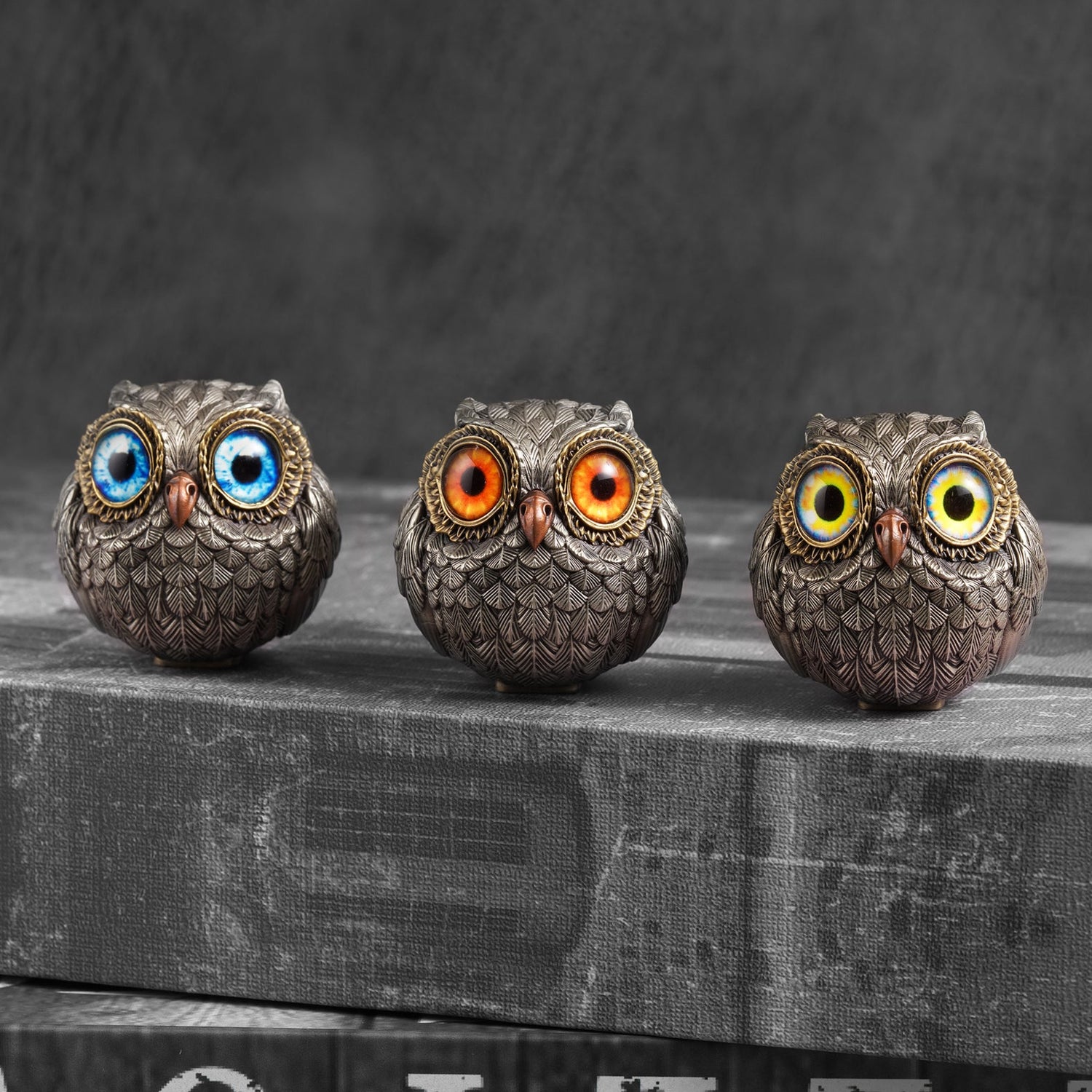When it comes to choosing materials for sculptures, architecture, and decorative art, both bronze and stone stand out as top contenders. Each has carved its unique place throughout history, yet bronze often proves to be a superior choice for a variety of reasons. In this article, we’ll explore why bronze frequently outshines stone in terms of strength, artistic versatility, and cultural significance. If you're weighing bronze vs. stone for sculptures or other decorative uses, this guide will help clarify which material best suits your needs.
Unmatched Strength: Why Bronze Outlasts Stone
Bronze is a powerhouse of durability, prized for its strength and longevity across many applications. Composed of copper and tin, this alloy not only boasts high tensile strength but also remarkable resilience against wear. While stone—such as granite and marble—is known for its compressive strength, it struggles with tensile stress and can fracture under pressure. Bronze, on the other hand, is able to withstand significant impacts without cracking, which makes it an ideal material for outdoor sculptures and intricate, long-lasting designs. This endurance is one reason why bronze is often preferred over stone for sculptures, especially in environments where durability is key.
Versatility in Creation: The Artistic Flexibility of Bronze
One major advantage bronze holds over stone is its incredible workability and artistic flexibility. Bronze can be cast into complex shapes and capture intricate details that would be nearly impossible with stone. Artists can bring their most detailed visions to life through casting, whereas stone requires time-intensive carving, often limiting the level of detail achievable. Moreover, bronze offers a variety of finishes—it can be polished, hammered, or treated, catering to diverse artistic styles. This versatile medium truly stands out in sculpture creation, making it easier for artists to produce unique, eye-catching pieces. So, if you're considering bronze vs. stone for art or decorative projects, bronze's adaptability is a crucial factor.

Long-Lasting Beauty: Bronze’s Resistance to Corrosion
Beyond strength, bronze’s resistance to corrosion makes it a top choice for outdoor installations. Over time, bronze develops a protective layer known as patina, which shields it from oxidation and decay. This patina not only preserves the material but also enhances its aesthetic appeal, giving bronze an aged, timeless quality that becomes more captivating over the years. In contrast, many types of stone, especially in outdoor settings, are vulnerable to environmental degradation. Acidic rain, harsh weather, and pollution can cause erosion, cracks, and discoloration in stone. This durability factor is often a deciding point when clients ask, “Is bronze more durable than stone for outdoor use?”
Aesthetic Appeal: The Expressive Potential of Bronze
Bronze brings artistic possibilities that allow for rich, varied expressions—qualities that are harder to capture with stone sculptures. Its warm, natural tones, from golden hues to deep browns, offer a striking contrast to the often monochromatic nature of stone. Moreover, the development of a beautiful patina over time adds layers of depth, turning each piece into a story that evolves with age. While stone has its own natural beauty, it has a limited color palette and lacks the versatility of bronze finishes. For those seeking a dynamic and expressive medium for creative work, bronze is the answer.
Cultural Significance: Bronze as a Symbol Through the Ages
Bronze has symbolized power, wealth, and artistic achievement across centuries and cultures. From ancient Chinese dynasties to the empires of Greece and Rome, bronze has been used to craft iconic art and artifacts that embody the cultural values and beliefs of their times. These items were often created as symbols of authority or spiritual significance. While stone also has a rich cultural history, especially in monumental architecture, bronze's association with craftsmanship and prestige gives it a distinct position in the world of art. This is why many historians and collectors regard bronze over stone as a material of cultural value.
Practicality: Maintenance and Repair Ease
Bronze is practical for many applications, owing to its ease of maintenance and repair. When a bronze item is damaged, it can typically be restored or polished without significant effort. Stone, however, poses more challenges—once chipped or cracked, it requires substantial expertise to repair, and even then, may not regain its original look. Furthermore, bronze is lighter than most types of stone of the same volume, making it easier to handle in installations. This practicality factor is especially appealing for those looking to display art or decor items without worrying about constant maintenance.
Sustainability: Why Bronze is the Eco-Friendly Choice
In today’s environmentally-conscious world, bronze is often regarded as the eco-friendly choice. Its high recyclability allows old bronze sculptures or objects to be melted down and reused with little to no quality loss, significantly reducing the demand for raw materials. Although stone is a natural material, it is far less adaptable; once quarried and shaped, it cannot be remade into new forms without extensive processing. Furthermore, quarrying and transporting stone can have a high environmental impact. So, for those considering bronze vs. stone for sustainable art, bronze’s recyclability makes it a smart, eco-friendly option.
Modern Integration: Bronze in Today’s Technological Landscape
Bronze’s adaptability goes beyond art into modern technology. With advances in metallurgy, bronze alloys now boast enhanced strength, improved corrosion resistance, and even specialized functions for use in high-tech applications. Today’s bronze alloys are integral in aerospace, military, and electronics industries, showing how this material remains versatile beyond traditional sculpture. Stone, while still valued in construction and design, cannot achieve this level of integration. For those exploring bronze vs. stone for modern applications, bronze’s role in technological advancements further highlights its relevance.
In summary, bronze’s superiority over stone is evident through its outstanding physical properties, versatility, and cultural significance. Whether for creating timeless sculptures, intricate decorative elements, or high-tech components, bronze proves to be a durable, adaptable material that resonates with artists and innovators alike. If you’re looking to invest in art or decor that combines strength, beauty, and history, bronze is the clear choice.













